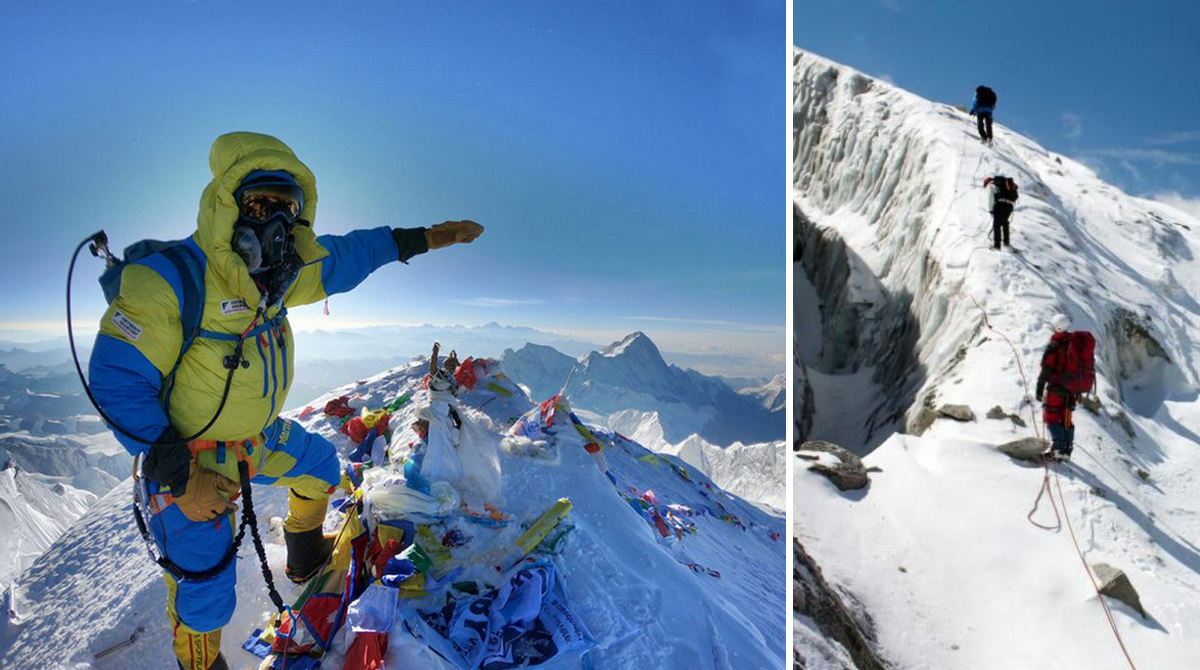
In the county of Tingri, Tibet Autonomous Region, officials suspended tickets and tourist entry to the eastern slopes of Mount Everest following severe snowfall. Access roads and trails above 4,900 m were blocked and nearly 1,000 visitors were stranded.
What Happened
A cyclone crossing India and the Bay of Bengal triggered a snowstorm over the Himalayas, dumping over a metre of snow in some zones. Rescue efforts evacuated hundreds of trekkers and guides in one of the largest operations of its kind.
Implications for Trekking
-
Tourist operations in the region were temporarily suspended until conditions improve.
-
At such high altitudes, oxygen levels drop significantly (as low as 55% of sea-level), increasing risk of altitude sickness and hypothermia.
-
Mountaineering experts stress preparation: satellite phones, avalanche awareness, supportive logistics.
Broader Context
-
More than 540,000 tourists visited Tibet’s Everest region last year, putting pressure on infrastructure and safety systems.
-
Climate change is increasing the frequency and severity of storms even in high-mountain zones — a growing concern for expedition planners globally.